Healthcare Employee Retention: Is Positivity the Answer?
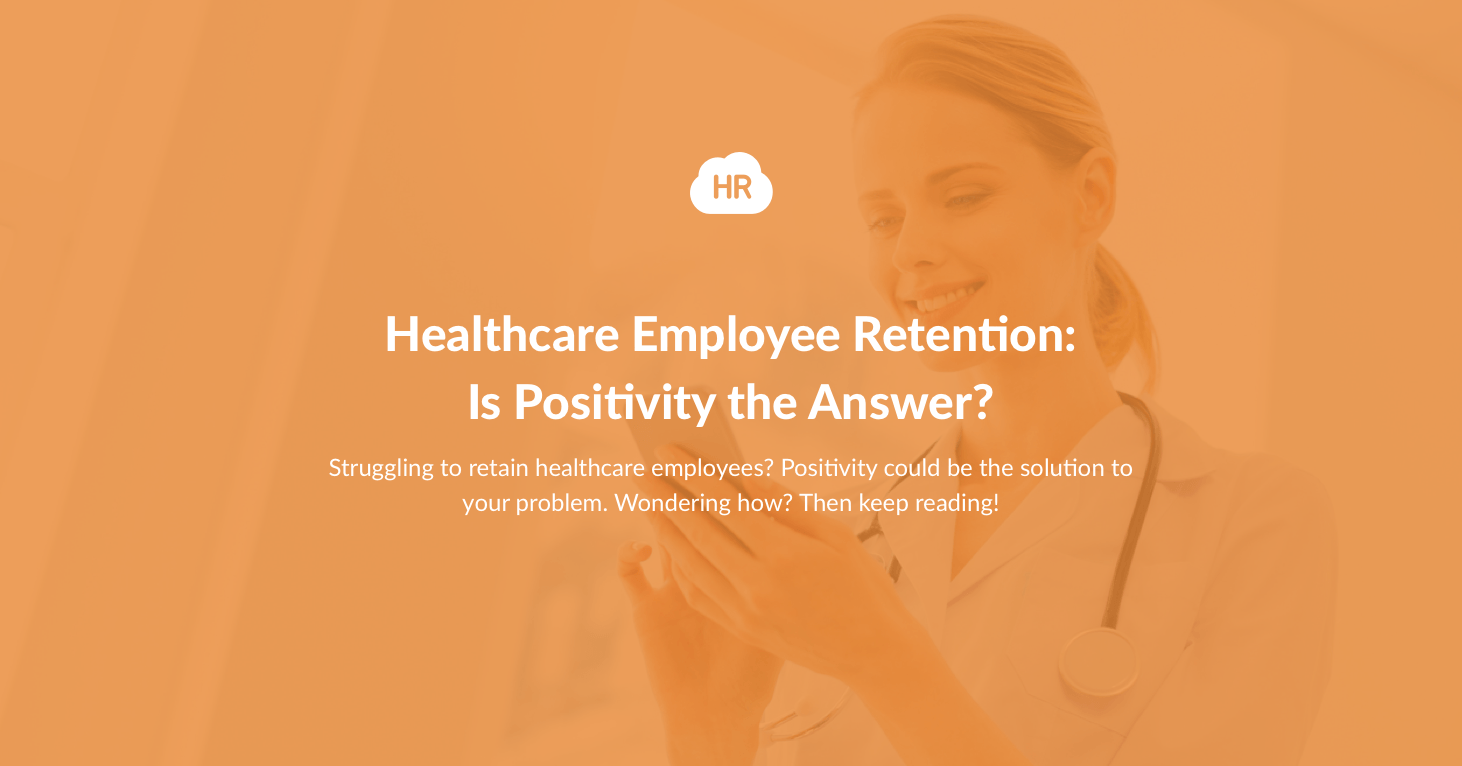


 Cut onboarding time
by 60%—here's the
Ultimate Checklist
that helped do it.
Cut onboarding time
by 60%—here's the
Ultimate Checklist
that helped do it.

Every healthcare business is dependent on its workforce. Your staff are key to winning the trust of your clients and ensuring they have faith in the medical support you provide. But once you’ve built a strong team, there’s still an obvious concern: losing them. Sadly, employee retention can be a very real problem—especially for those in the healthcare sector.
What’s worse is that the issue only seems to be becoming more prevalent. A Gartner study forecasted a shocking 20% increase in employee turnover in a year. For your healthcare business to be successful, you need to make sure you retain employees.
So, what’s the best way forward? In this article, we’ll show how positivity could be the solution.
Introducing Positivity in Your Workplace
At this point, you’re probably wondering, ‘how does positivity help?’. After all, you’re likely already taking steps to retain your workforce. This might include implementing a healthcare payroll system, so staff always get paid on time. You may have a rewards program involving nominating an employee of the month, for instance. Perhaps you even run occasional office parties to boost team morale.
There’s no denying that the above steps can help, but to persuade employees to stay long-term, they need to feel like valued members of your team. To achieve this, positive feedback loops are key.
What is a Positive Feedback Loop?
You probably already conduct an annual engagement survey, or something similar, to collect occasional feedback from your workers. What are they happy about in the workplace? What could be improved? However, positive feedback loops take this process one step further.
Instead of asking occasionally, you seek feedback regularly. For example, pulse survey questions are brief and regularly completed to get a continuous idea of your employees' views. Once you’ve gathered responses, you actively work to implement changes in the workplace. When these are in place, you request feedback again. As the name suggests, the process repeats continuously.
With a positive feedback loop, you’re always working to improve the workplace for your employees. In addition to supporting employee retention, this brings several other benefits, including:
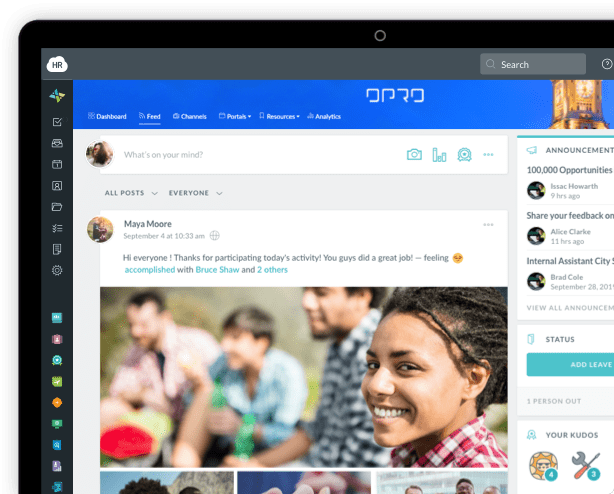
-
A more positive workforce. The changes you make will be reflected in the attitudes of your employees. When it comes to healthcare, a happy and positive workforce is key to winning the trust of clients.
-
Support for remote employees. Don’t let remote work get in the way of a positive workplace experience—virtual or otherwise. For example, listen to remote employee concerns and then use Teams to facilitate stronger relationships and closer working.
-
Better internal processes. By listening to employees and their constructive criticism, you can identify inefficient processes. Addressing these issues will help you build a more streamlined organization.
-
Improved communication. To build strong teams, members mustn’t feel nervous about leaving feedback. By actively seeking responses, you give them the confidence to express their concerns and ask questions.
-
More applicants. When advertising job openings, a positive workplace will seem more attractive to applicants. This means you can choose from a wider pool of talent when hiring new employees, helping to ensure you make the best decisions.
Applying Feedback Loops
So, we’ve established some of the major benefits of positive feedback loops, but how do you go about implementing them? Let’s now look at the process step by step.
Start with a Clear Goal
Success will be limited if you don’t plan ahead. To make effective improvements, focus on specific areas of your business. Generally, this means taking the time to consider individual pain points. Are there any particular processes within your organization that employees are struggling with?
Say you’ve introduced a Gmail for Slack integration. While this is a clear improvement, saving time and resources, some employees may need help getting used to the new system. With feedback, they can let you know about their difficulties. You can then make sure learning resources are available to help them.
Importantly, you need to devote some time to deciding exactly what you want from your loop. With definite objectives and action plans, you’ll have a clearer path moving forward.
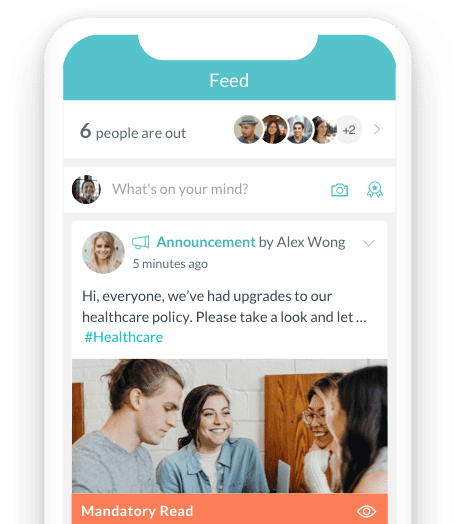
Gather Feedback
With a route ahead, it's time to start gathering feedback, but how will you collect your responses? You need to decide on the best plan of action for doing so.
Maybe you’ll run employee pulse surveys, hold team meetings, gather anonymous notes, or speak to employees face-to-face. You may even use employee engagement software so associates can easily leave feedback from their smartphones or desktop devices. There’s no right answer—each method has its benefits. Take time to choose an option that’s right for you.
Once you’ve picked a channel, spread the word among your employees. Not everyone will be eager to voice their opinions at first, especially when it comes to negative feedback. Be sure to emphasize that all feedback will be taken seriously, and explain how you’ll use responses to make improvements in your organization and their work environment.
Consider Forms of Feedback
While an organization-wide approach is useful, there are other ways of gathering feedback.
For instance, you may choose a more granular approach, with team leaders implementing feedback loops for their individual departments. This can be a useful way to strengthen co-worker relationships and improve their performance as a team.
Create a Schedule
Remember, to be effective, your feedback loop must encourage regular feedback. To keep on track, you need a clear schedule. You must decide how often you’ll seek employee insights and opinions. Make sure you take enough time to assess and implement feedback before seeking further responses. You could also consider measuring employee engagement, so you can see whether employees are responding or whether you need to adjust your feedback process.
It’s important that you avoid survey fatigue, so don’t overload staff with forms and surveys. Ultimately, feedback shouldn’t feel like a chore. Employees will provide more useful responses if there are clear gaps between feedback requests.
Assess Responses
After you’ve gathered your responses, it's time to assess your feedback. As you read through it, you might start to notice some commonalities. For example, maybe many employees are struggling to accomplish all their duties within work hours. If multiple employees are reporting this same difficulty, this is indicative of a wider problem that needs addressing. These are the responses you should apply the most focus to.
When assessing feedback, consider your company culture and wider goals. Responses can help you determine whether you’re moving toward your vision. Take time with this process. A more thorough approach will ensure better implementation of your feedback.
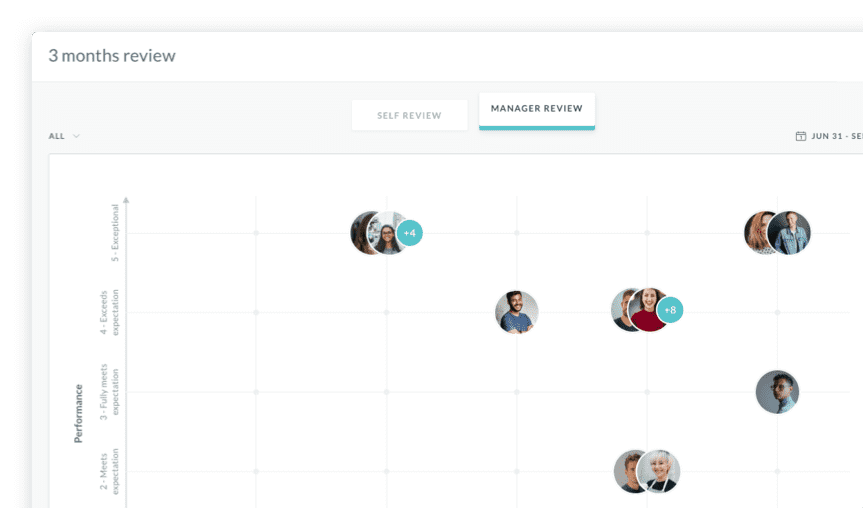
Implement Feedback
We’ve now come to the most crucial stage: implementing your feedback. This is your opportunity to prove to staff that their voices are being heard. After all, if you want continuous feedback, you first need to deliver change.
Once feedback is implemented, make sure you communicate the changes you’ve made. Send a mass email to employees outlining what you’ve done. If you’ve made changes to systems, offer the necessary training for staff to make the transition easier and to ensure the employee experience remains overwhelmingly positive.
Finally, be sure to thank your staff for their feedback and encourage them to keep on voicing any future concerns they might have.
Positivity is Key
Retaining good employees is essential for a successful healthcare business, but many organizations struggle to keep key members of staff. Why? Because they haven’t spent enough time listening to their opinions.
A positive feedback loop can help with this. It’s a way to listen to employees while bringing continuous change to your organization. Used effectively, it can also improve employee performance and, in turn, your business, as happier employees will be more motivated - it’s a win-win.
Of course, building an effective feedback loop will take time and a level of problem solving. Crucially, before gathering any feedback, you need to have a clear goal and consider your business’ pain points. Properly planning your feedback loop will give you the best chance of success.
So, if you’re wondering how to retain your employees, remember one thing: positivity (and positive feedback loops) is key.
Find Out How Much You Can Save by Switching to Workmates.
and save upwards of 60%
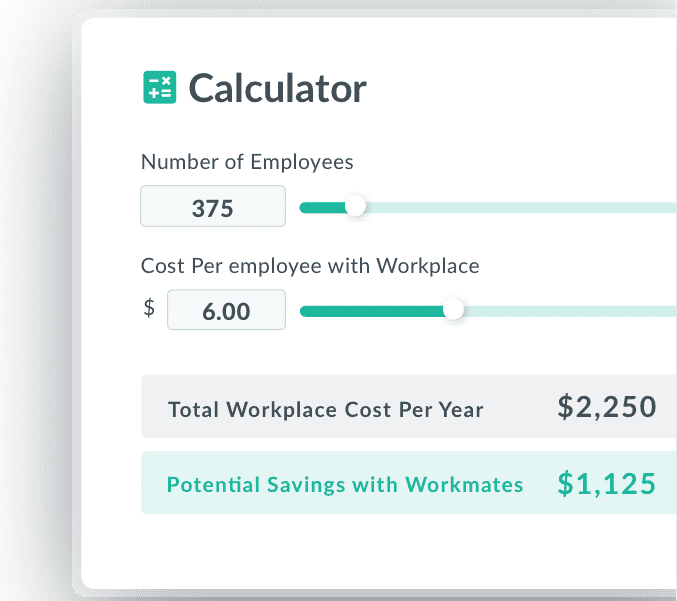
Author Bio:
This article is written by a marketing team member at HR Cloud. HR Cloud is a leading provider of proven HR solutions, including recruiting, onboarding, employee communications & engagement, and rewards & recognition. Our user-friendly software increases employee productivity, delivers time and cost savings, and minimizes compliance risk.
Keep Reading
45 Boss Day Messages That Actually Mean Something (2026 Guide)
When is Boss Day 2026? Mark your calendar for October 16, 2026 — the annual opportunity
Birthday Wishes for Coworkers: 50+ Messages That Build Workplace Connection
A coworker's birthday isn't just another calendar date—it's a meaningful opportunity to
Embracing Diversity: Recognizing Different Cultures in the Workplace
Workplaces today reflect the incredible diversity of the world around us. People bring
Like What You Hear?
We'd love to chat with you more about how HR Cloud® can support your business's HR needs. Book Your Free Demo

Build a Culture of Recognition. Boost Engagement. Guaranteed.
Workmates empowers employees to stay informed, connected, and appreciated—whether they’re on the front line, in the office, or remote. Recognition drives 12x higher engagement.Trusted by industry leaders in every sector




Cut Onboarding Costs by 60%.
Take the confusion and follow-ups out of onboarding with automated workflows, digital forms, and structured portals—so new hires ramp faster 3X quicker.Trusted by industry leaders in every sector






